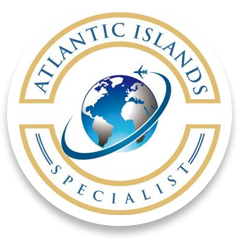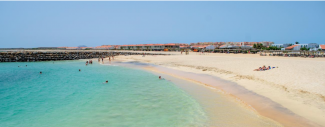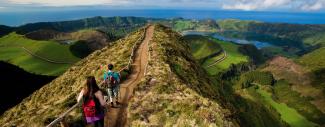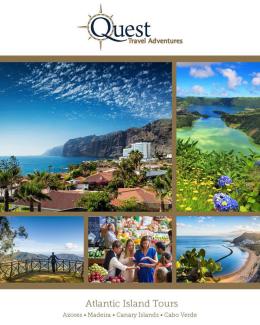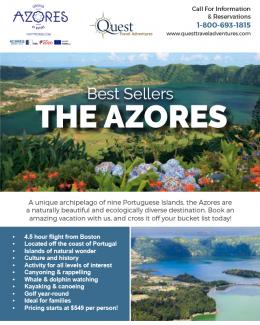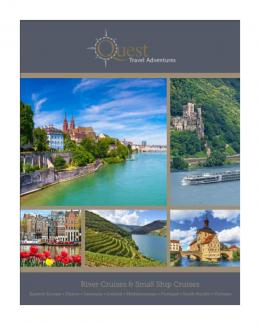UNESCO Sites in the Atlantic Islands
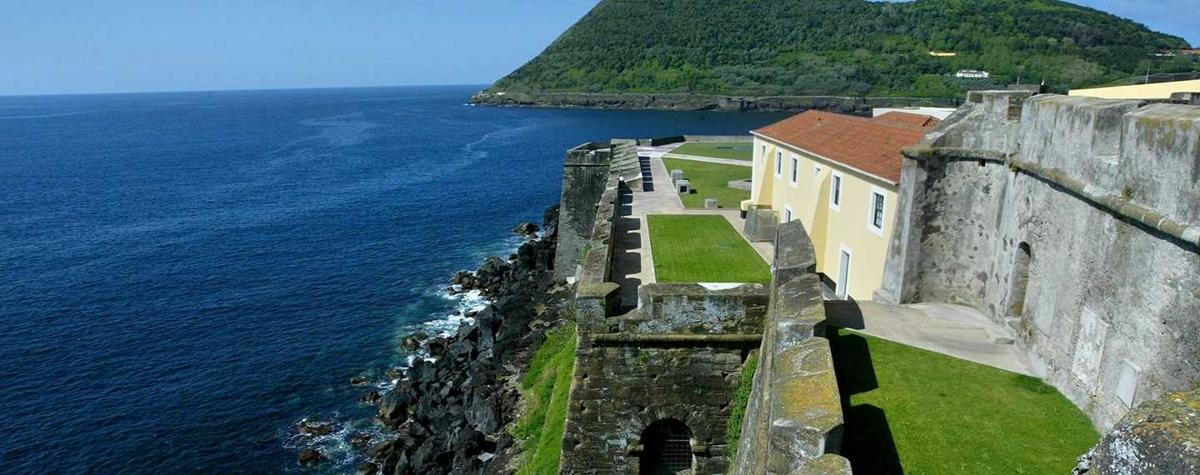
Angra do Heroísmo in the Azores Archipelago, Ribeira Grande in Cabo Verde Archipelago, San Cristobal de La Laguna on Tenerife and Garajonay National Park on La Gomera in The Canary Islands Archipelago, all have the distinction of being named a UNESCO World Heritage Site. UNESCO stands for the United Nations Educational, Scientific, and Cultural Organization. Their mission is to identify, protect and preserve cultural and natural heritage worldwide. Cultural heritage consists of architectural works, monuments, sculptures, groups of buildings, and archaeological sites. Natural heritage includes natural features, geological formations, threatened habitats, and natural areas, which are significant from the point of view of science, conservation, or natural beauty. World Heritage sites belong to all the world's peoples, irrespective of the territory on which they are located. The site is the property of the country where it is located, but its protection and preservation have become a concern of the international community as a whole. With 1,154 properties on the World Heritage List covering 194 countries around the world, the sites have become must-see locales for many savvy travelers. Here are our favorite World Heritage sites on the Atlantic Islands.
Angra do Heroísmo, on Terceira Island in the Azores, was an obligatory port of call for fleets from Africa and the Indies from the 15th century until the advent of the steamship in the 19th century. Founded in 1478, Angra was historically the most important city in the Azores, as the seat of the Bishop of the Azores, and served as the capital city of Portugal during the Liberal Wars. It is an outstanding example of creation by a maritime exploration that allowed exchanges between the world's great civilizations. Travelers today can experience the history, culture and traditional architecture of this city at sites like the Palacio dos Capitaes-Generais, the seat of the archipelago's first government, the Cathedral of Angra do Heroísmo, the largest religious building in the Azores, and the 400-year-old San Sebastiao and San Joao Baptista fortifications, which are unique examples of military construction.
In Cabo Verde on the island of Santiago, the town of Ribeira Grande was renamed Cidade Velha in the late 18th century and was the first European colonial outpost in the tropics. It was a key port for Portuguese colonization and the birth of the Atlantic triangular trade, including the slave trade. This town gave birth to the first Creole culture with the mixing of races and cultures of Africans and Europeans. Ribeira Grande is an important link in an intangible heritage shared by Africa, the Americas, and Europe. Located on the south side of the island of Santiago, the town still features some of the original street layouts and impressive building remains, including two churches, a royal fortress, and Pillory Square with its ornate 16th-century marble pillar.
San Cristobal de La Laguna, on Tenerife Island in the Canary archipelago, includes two original town centers, each belonging to a different time of history. The urban plan of La Laguna, the layout of the city, its street, and its environment, was the model for many settlements in the Americas under Spanish rule during colonial times. Many streets of historical significance are now part of a pedestrian zone and visitors to the Old City can view the many colonial-style buildings with their wooden balconies and magnificent tree-lined courtyards.
Garajonay National Park is located on the island of La Gomera. The park is named after the rock formation of Garajonay, the highest point on the island at 1,487 meters. Nearly 450,000 tourists visit annually, utilizing a network of 18 footpaths that cross the park. Garajonay National Park is considered a Natural Heritage site due to the laurel forest that covers 70% of this park. This unique vegetation remains almost permanently shrouded in clouds and mist. These forests are living remnants of the old rainforests and warm temperate forests that covered much of Europe and North Africa during the Tertiary Period. These forests are a refuge for many endemic species of flora and fauna, many of which are threatened. La Gomera Island is also the home of the Silbo Gomero whistling language. This was used by the locals to communicate across the deep ravines and narrow valleys. When you are visiting the National Park you will often hear these whistles or be privy to a whistling demonstration.
With so many beautiful and fascinating UNESCO sites to explore, let us create a customized itinerary for your next adventure. Some of our most popular trips include our Best of the Azores, Two Island Cabo Verde Tour, Tenerife Discovery, and Best of Tenerife & La Gomera.



